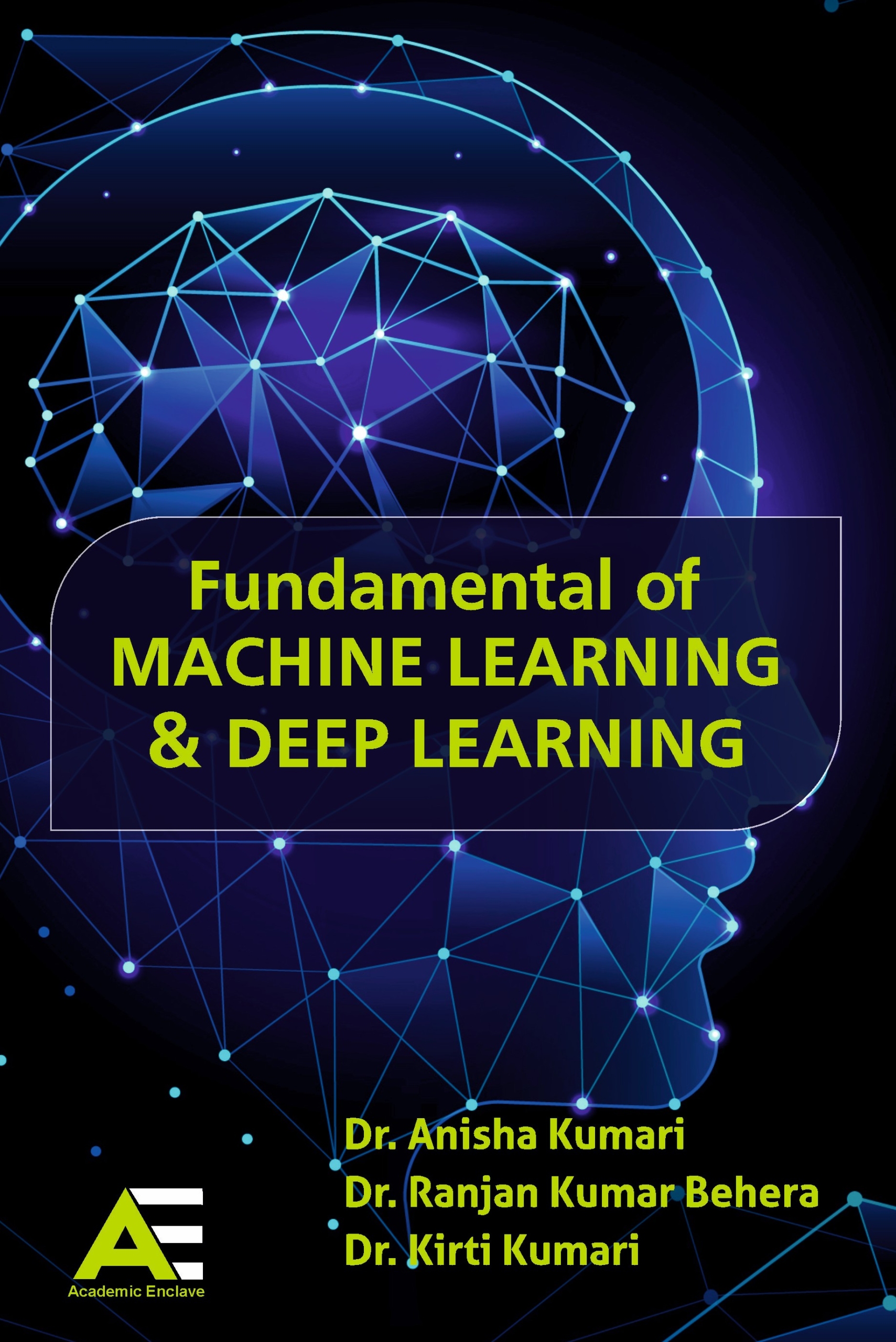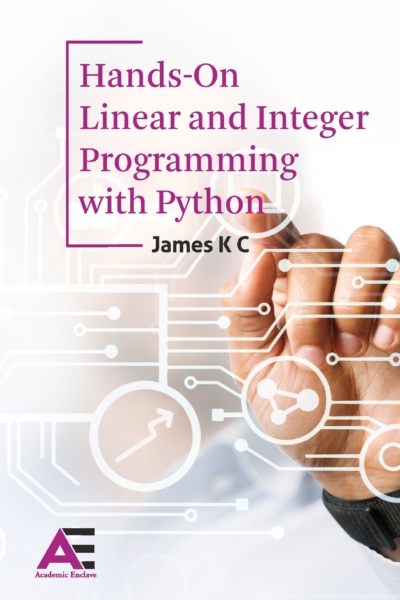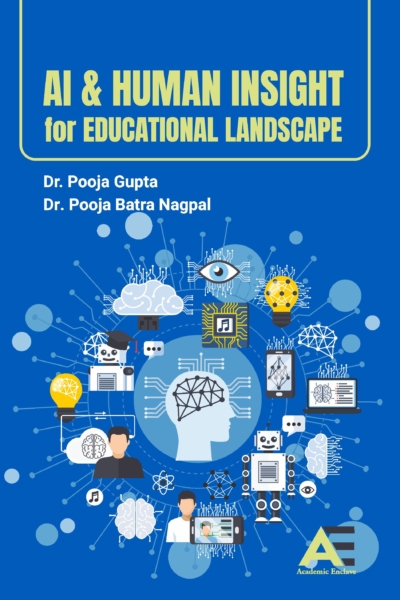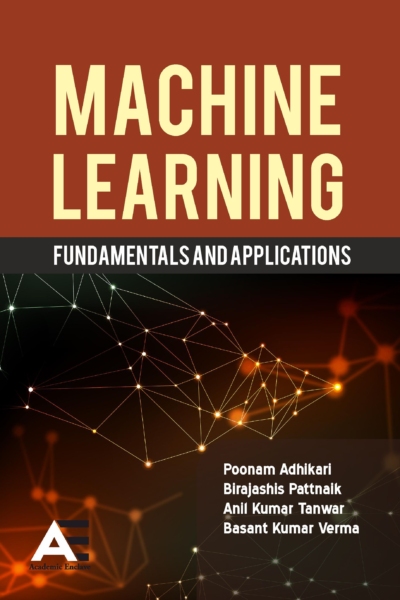Description
Machine learning and deep learning have emerged as transformative forces, revolutionized industries and driving innovation across diverse domains such as healthcare, finance, and autonomous systems. Fundamentals of Machine Learning & Deep Learning offers a comprehensive and structured introduction to these dynamic fields, catering to both beginners and seasoned professionals seeking to deepen their expertise. The book begins by establishing a strong theoretical foundation with Bayesian Decision Theory and fundamental machine learning concepts, gradually progressing to advanced topics such as neural networks, ensemble learning, and deep learning applications. Each chapter strikes a balance between theoretical depth and practical implementation, ensuring readers can seamlessly connect concepts to real-world scenarios. Core topics, including classification and regression algorithms, component analysis, and clustering techniques, are presented with clarity and reinforced with illustrative examples. The advanced sections delve into cutting-edge areas such as deep learning optimization techniques, convolutional neural networks (CNNs), and hybrid models integrating supervised and unsupervised learning approaches. Whether you are a student, researcher, or industry professional, this book serves as a reliable guide to mastering both foundational principles and advanced methodologies in machine learning and deep learning. By the end, readers will have developed a solid grasp of the underlying principles and practical applications, ranging from traditional linear models to state-of-the-art deep neural networks. This holistic approach ensures not just conceptual understanding but also the ability to apply knowledge effectively in solving complex, real-world challenges.
Dr. Anisha Kumari is currently working as an Assistant Professor in the Department of Computer Science and Engineering at Kalinga Institute of Industrial Technology (KIIT), Bhubaneswar, India. She earned her Ph.D. in Computer Science and Engineering from the National Institute of Technology (NIT), Rourkela. She completed her M.Tech. in Computer Science and Engineering from Veer Surendra Sai University of Technology (VSSUT), Burla, Odisha. Her primary research interests include cloud computing, serverless computing, and performance modeling in emerging technologies. She has published numerous research articles in reputed journals, conferences, and book chapters. Additionally, she holds six patents in various domains of computer science.
Dr. Ranjan Kumar Behera is currently working as an Assistant Professor in the Department of Computer Science and Engineering at the Indian Institute of Information Technology (IIIT), Ranchi. Previously, he served as an Assistant Professor at prestigious institutions such as Birla Institute of Technology (BIT) Mesra, XIM University, Bhubaneswar, and Veer Surendra Sai University of Technology (VSSUT), Burla, Odisha. He obtained his Ph.D. in Computer Science and Engineering from NIT Rourkela, India, and completed his M.Tech. in Computer Science and Engineering from NIT Hamirpur in 2014. His research interests include big data analytics in social networks, sentiment analysis, cloud computing, and serverless computing. He has published numerous articles in reputed journals, conferences, and book chapters and holds six patents in various fields of computer science.
Dr. Kirti Kumari is currently an Assistant Professor in the Department of Computer Science and Engineering at the Indian Institute of Information Technology (IIIT), Ranchi, Jharkhand, India. Before joining IIIT Ranchi, she worked as an Assistant Professor in the Department of Computer Science and Engineering at Siksha ‘O’ Anusandhan (Deemed to be University), Bhubaneswar, Odisha. She earned her Ph.D. in Computer Science and Engineering from NIT Patna, her M.Tech. in Computer Science and Engineering from M.S. Ramaiah Institute of Technology, Bangalore, and her B.Tech. in Computer Science and Engineering from Bhagalpur College of Engineering (Government of Bihar), Bhagalpur. Her research focuses on cyberbullying, cyberaggression, hate speech, depression detection, and hope speech. She is actively engaged in the fields of Natural Language Processing (NLP), Machine Learning, Deep Learning, and Social Network Analysis.
- Bayesian Decision Theory1
- Applications3
- Normal Distribution3
- Machine Perception Extraction5
- Classification &Clustering7
- Linear and Logistic Regression17
- Types of Learning21
- Bayesian Decision Theory Classifiers25
- Discriminant Functions, and Decision Surfaces27
- Univariate and Multivariate Normal Densities30
- Bayesian Belief Networks31
- Summary33
- Exercise Questions33
- Classification Algorithms36
- Perceptron and Backpropagation Neural Network42
- Backpropagation Neural Network45
- k-nearest- neighbor Rule49
- Support Vector Machine51
- Multicategory Generalizations55
- Regression Decision Trees58
- Classification and Regression Tree-random Forest60
- Summary64
- Exercise Questions64
- Independent Component Analysis81
- k-Mean clustering84
- Expectation-Maximization (EM) Algorithm92
- Gaussian Mixture Models (GMM)95
- Auto-Associative Neural Networks98
- Summary101
- Exercise Questions102
- Supervised learning104
- Unsupervised Learning105
- K-means clustering111
- Convolution Neural Network117
- CNN Architectures117
- Layers in CNN 120
- Layers in CNN121
- Recurrent Neural Network 124
- Applications of RNN129
- Summary132
- Exercise Questions132
- Ensemble Learning Works134
- Model Combination Schemes135
- Voting-Error-Correcting Output Codes138
- Generating Diverse Learners 142
- Stacked Generalization142
- Mixture of Experts Revisited149
- Fine-tuning155
- Cascading159
- Summary159
- Exercise Questions160
- Linear models (SVMs and Perceptions, logistic regression)164
- Intro to Neural Nets167
- What a Shallow Network Computes185
- Training a Network 186
- Loss Functions 189
- Back Propagation and Stochastic Gradient Descent193
- Neural Networks as Universal Function Approximates193
- Summary195
- Exercise Questions195
- History of Deep Learning197
- A Probabilistic Theory of Deep Learning200
- Back propagation and regularization 203
- Batch Normalization204
- VC Dimension and Neural Nets-Deep vs. Shallow Networks206
- Convolutional Networks209
- Generative Adversarial Networks (GAN)212
- Semi-supervised Learning215
- Summary216
- Exercise Questions217
- Linear (PCA, LDA) and Manifolds219
- Metric Learning 221
- Autoencoders and Dimensionality Reduction in Networks225
- AlexNet230
- VGG232
- Inception &ResNet234
- Training a Convent237
- Weights initialization239
- Batch normalization240
- Hyper Parameter Optimization242
- Summary244
- Exercise Questions244
- Optimization in Deep Learning245
- Non-convex Optimization for Deep Networks245
- Stochastic Optimization249
- Generalization in Neural Networks249
- Spatial Transformer Networks251
- Recurrent Networks253
- LSTM – Recurrent Neural Network Language Model256
- Word-Level RNNs & Deep Reinforcement Learning 259
- Computational & Artificial Neuroscience262
- Summary264
- Exercise Questions264
- Images Segmentation 266
- Object Detection269
- Automatic Image Captioning270
- Image Generation with Generative Adversarial Networks272
- Video to Text with LSTM Models275
- Attention Models for Computer Vision276
- Summary277
- Exercise Questions277








Reviews
There are no reviews yet.